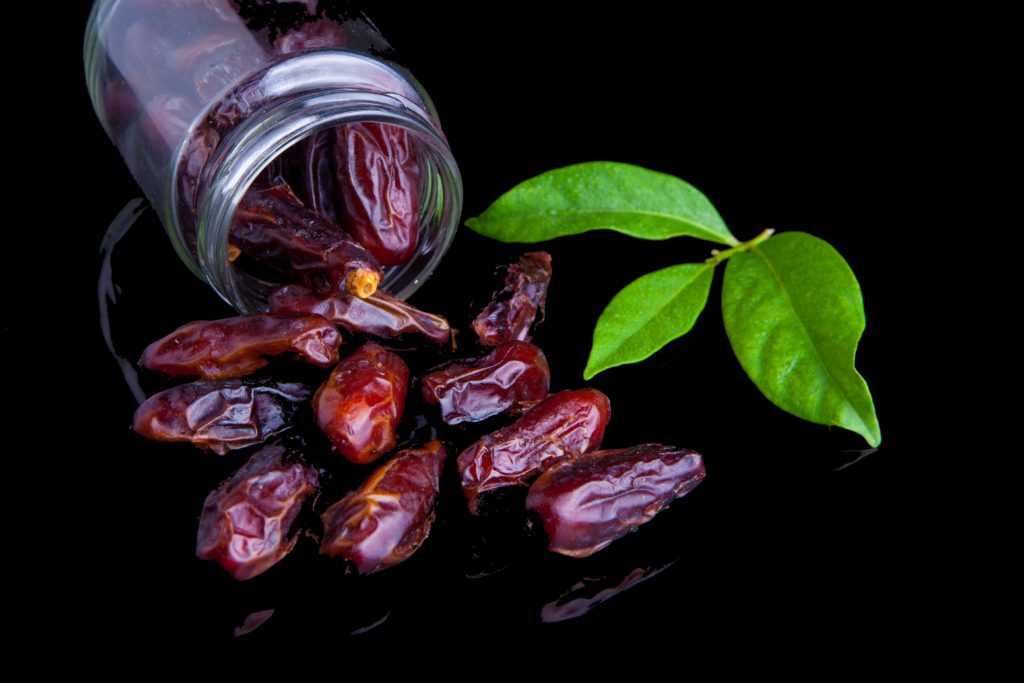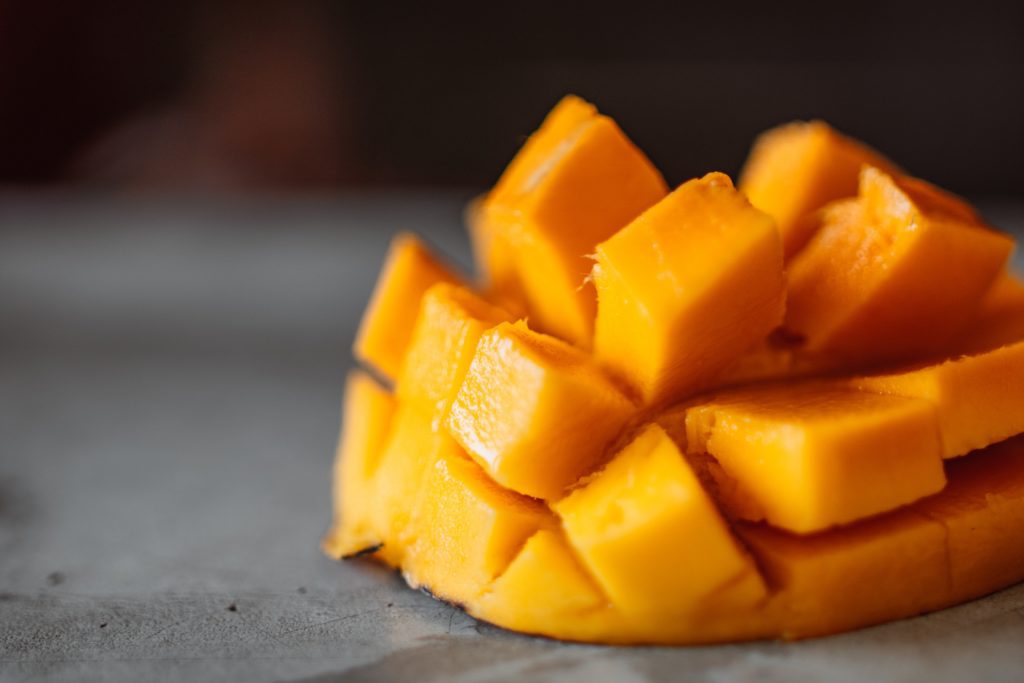
STRAWBERRIES: HAVE A HEALTHY HEART WITH ITS’ POTASSIUM-RICH GOODNESS
WHAT IS THE HISTORY OF STRAWBERRIES?
The history of strawberries can be traced back to ancient times, with the fruit being depicted in art and literature as early as the Greek and Roman civilizations. However, the first garden strawberry (Fragaria x ananassa) was not developed until the 18th century.
The garden strawberry is a hybrid between two wild strawberry species, Fragaria virginiana and Fragaria chiloensis, which were originally found in North and South America, respectively. The first recorded crossing of these two species was made by French botanist Antoine Nicolas Duchesne in 1764, and the resulting fruit was larger and sweeter than its wild counterparts.
However, it was not until the early 19th century that strawberries became popular as a commercial crop. In the United States, the first successful strawberry crop was grown in the 1830s in the state of Massachusetts, and by the 1900s, the fruit had become a major agricultural crop in many parts of the country.
Today, strawberries are grown and consumed all over the world, with the United States, Spain, Mexico, Turkey, and Egypt being the top producers. They are enjoyed fresh, frozen, dried, or processed into jams, jellies, and other products. Strawberries are also a popular ingredient in many recipes, from salads and desserts to smoothies and cocktails.
WHAT NUTRIENTS ARE IN STRAWBERRIES?
Strawberries are a nutrient-rich fruit and are packed with several essential vitamins and minerals. Here are some of the nutrients found in strawberries:
- Vitamin C: One cup of sliced strawberries contains over 100% of the daily recommended intake of vitamin C, which is an important antioxidant that helps boost the immune system and promotes healthy skin.
- Fiber: Strawberries are a good source of dietary fiber, which can help improve digestion, lower cholesterol levels, and promote feelings of fullness.
- Folate: Strawberries are rich in folate, a B vitamin that is important for healthy cell growth and development, and is especially important for pregnant women.
- Potassium: Strawberries are a good source of potassium, an electrolyte mineral that helps regulate blood pressure, support heart health, and promote proper muscle and nerve function.
- Manganese: Strawberries are a good source of manganese, a mineral that plays a role in bone health, wound healing, and the metabolism of carbohydrates, amino acids, and cholesterol.
- Vitamin K: Strawberries contain vitamin K, which is important for proper blood clotting and bone health.
In addition to these nutrients, strawberries also contain small amounts of other vitamins and minerals, as well as antioxidants and phytochemicals that have been shown to have health benefits.
WHAT PERCENT OF DAILY VALUE NUTRITION IS IN STRAWBERRIES?
Here is the DV for vitamins and minerals found in one cup of sliced strawberries:
- Vitamin C: 149% DV
- Vitamin K: 5% DV
- Folate: 6% DV
- Potassium: 5% DV
- Manganese: 29% DV
WHAT ARE THE BENEFITS OF STRAWBERRIES?
Here are some of the benefits of strawberries:
- High in antioxidants: Strawberries contain a range of antioxidants, including vitamin C, anthocyanins, and ellagic acid, which can help protect the body from oxidative stress and lower the risk of chronic diseases.
- Lowers inflammation: Some studies have found that the antioxidants in strawberries may help reduce inflammation in the body, which is associated with many chronic diseases such as heart disease, diabetes, and cancer.
- Good for heart health: Strawberries are a good source of potassium, which can help lower blood pressure and reduce the risk of heart disease. The fiber and antioxidants in strawberries can also help lower cholesterol levels and improve overall cardiovascular health.
- Improves blood sugar control: The fiber in strawberries can slow the absorption of sugar in the bloodstream, which can help regulate blood sugar levels and reduce the risk of type 2 diabetes.
- Boosts immune function: The high vitamin C content in strawberries can help boost immune function and protect against infections.
- Supports healthy aging: The antioxidants in strawberries may help protect against age-related decline in cognitive function and reduce the risk of age-related diseases such as Alzheimer’s and Parkinson’s.
- Promotes healthy skin: Vitamin C is essential for collagen production, which can help improve skin elasticity and reduce the appearance of fine lines and wrinkles.
Overall, including strawberries as part of a healthy, balanced diet can provide a range of health benefits.
HOW DO I CONSUME STRAWBERRIES?
There are many ways to enjoy strawberries, both as a snack or as an ingredient in meals or desserts. Here are some ideas for how to consume strawberries:
- Fresh: The simplest way to enjoy strawberries is to eat them fresh, either on their own or paired with other fruits or nuts.
- Smoothies: Blend fresh or frozen strawberries with yogurt, milk, or juice to make a nutritious and delicious smoothie.
- Salads: Add sliced strawberries to your favorite salad for a sweet and tangy burst of flavor. They pair well with spinach, arugula, or mixed greens, and can be topped with nuts, cheese, or a vinaigrette dressing.
- Jams and jellies: Make your own homemade strawberry jam or jelly to enjoy on toast or with crackers and cheese.
- Desserts: Strawberries are a popular ingredient in desserts, such as cakes, pies, tarts, and ice cream. They can also be dipped in chocolate for a decadent treat.
- Cocktails: Mix sliced strawberries with your favorite spirit and soda water for a refreshing summer cocktail.
- Freezing: Freeze whole or sliced strawberries to use later in smoothies, yogurt, or baking recipes.
Remember to wash strawberries thoroughly before consuming and to store them in the refrigerator for optimal freshness. Enjoy!
HERE ARE SOME INTERESTING FACTS ABOUT STRAWBERRIES:
- Strawberries are not actually berries, they are an “aggregate fruit” because they come from a flower with multiple ovaries.
- The average strawberry has around 200 seeds on its surface, and they are the only fruit with its seeds on the outside.
- Strawberries are low in calories and high in vitamin C, fiber, and antioxidants.
- The first garden strawberry was grown in France in the 18th century, but wild strawberries have been around for thousands of years.
- Strawberries are grown in every state in the United States and in every continent except for Antarctica.
- In ancient Rome, strawberries were used for medicinal purposes, particularly for digestive ailments.
- California is the top producer of strawberries in the United States, followed by Florida and Oregon.
- Strawberries were a symbol of perfection and righteousness in medieval Christian art because of their heart shape and red color.
- There are over 600 varieties of strawberries, each with their own unique taste, size, and texture.
- Strawberries are often associated with romantic love, which is why they are a popular gift on Valentine’s Day.
Note: We are a small business so we used a cheat code (ChatGPT, phew, technology has come far!) to help me write this blog post. I double-checked the information contained within this post to ensure accuracy.





